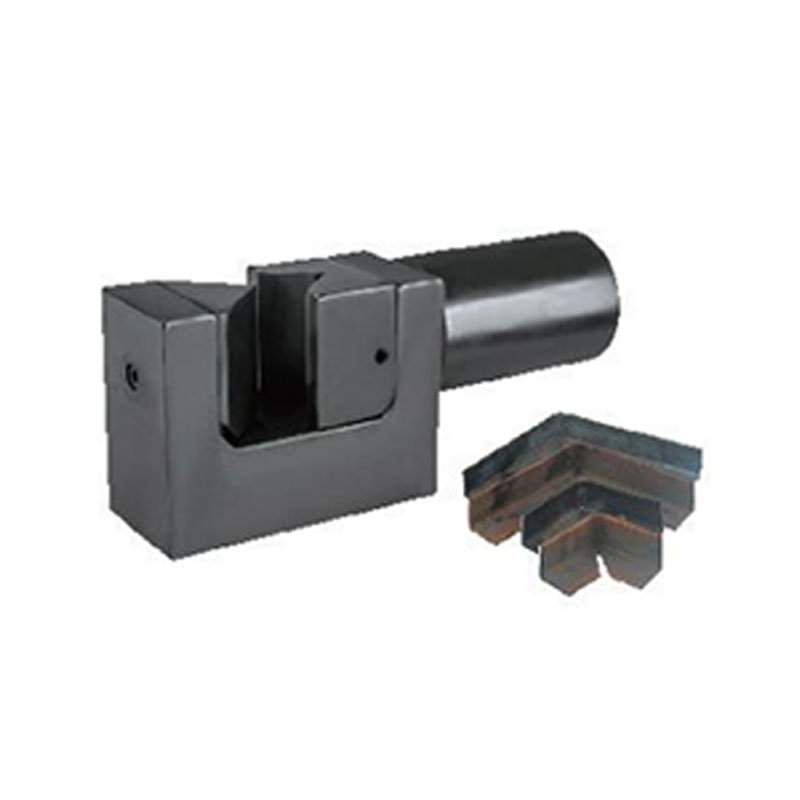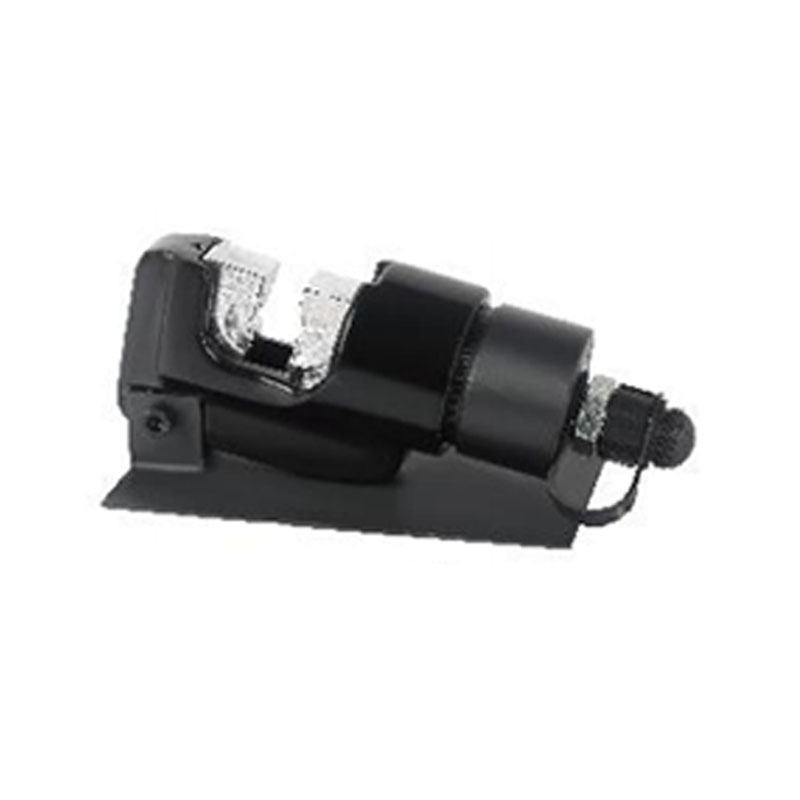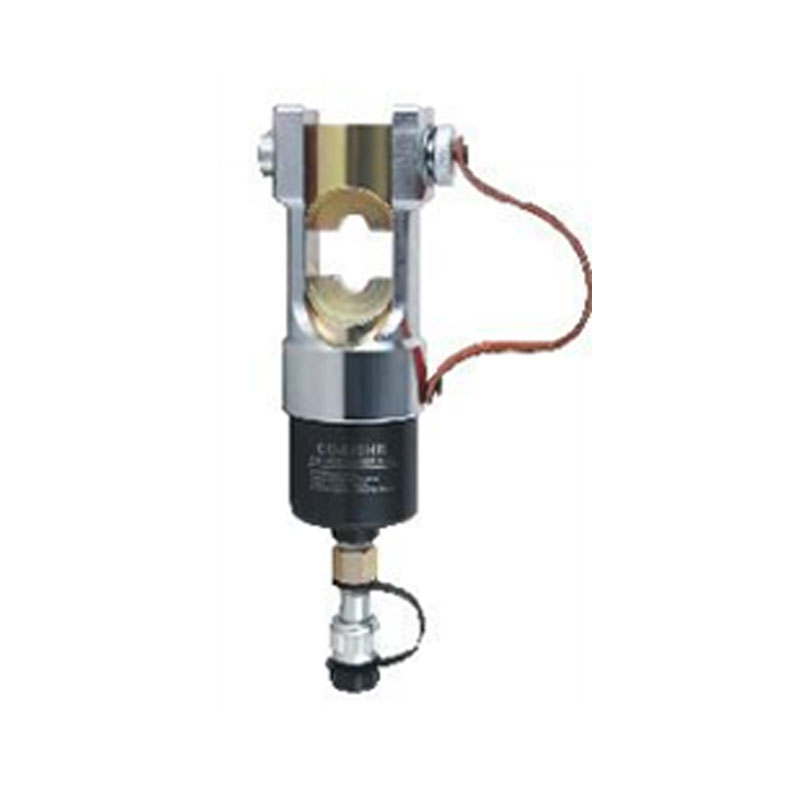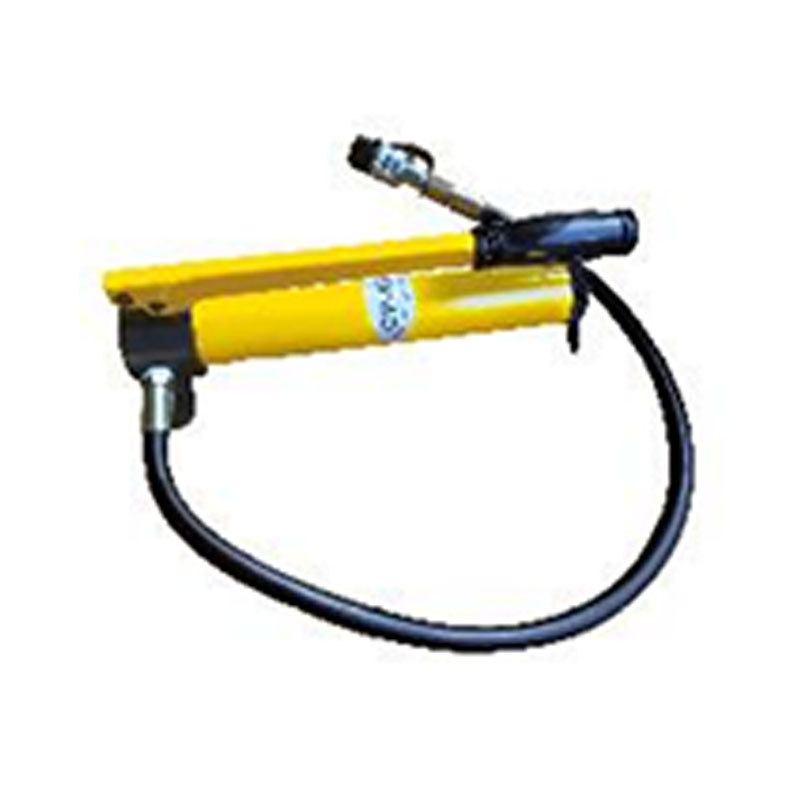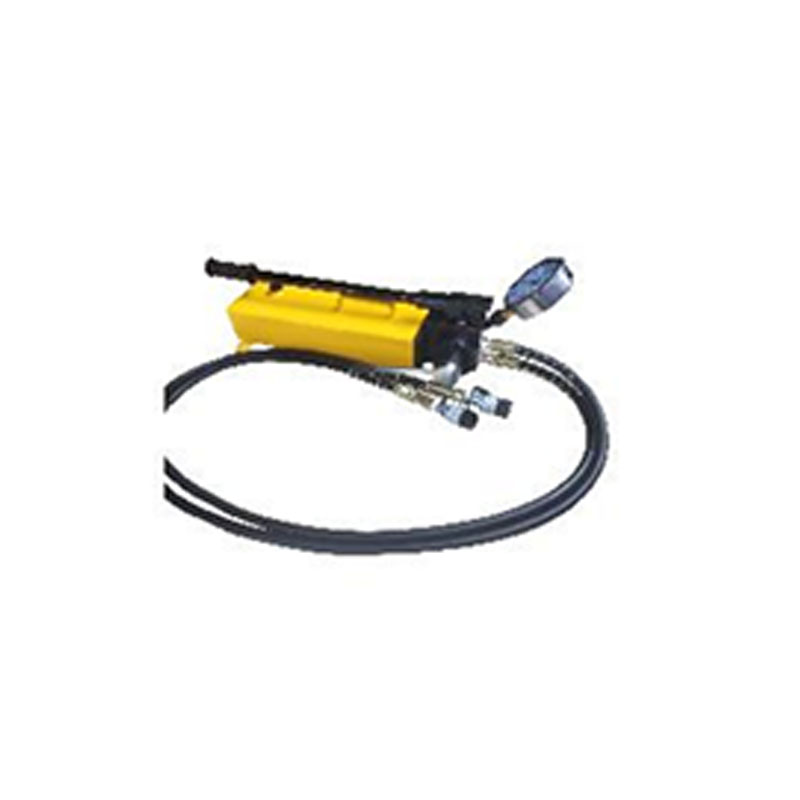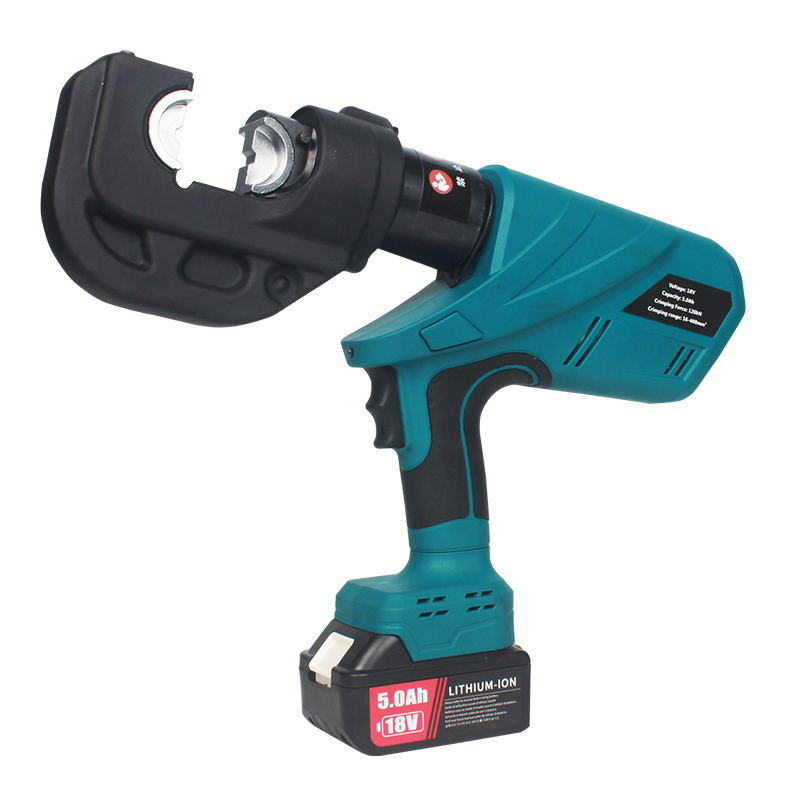EP-430 integral hydraulic crimping pliers copper aluminum wire terminal crimping pliers 50-400mm ² safety valve protection
 2025.07.18
2025.07.18
 Industry News
Industry News
Introduction to Compatibility with Different Dies
A Hydraulic Crimping Tool is a powerful and efficient device widely used for joining cables and connectors in electrical and mechanical applications. One important consideration for users is whether the tool supports different specifications of crimping dies. The compatibility with various die sizes and types directly affects the tool’s flexibility, usability across multiple tasks, and overall value.
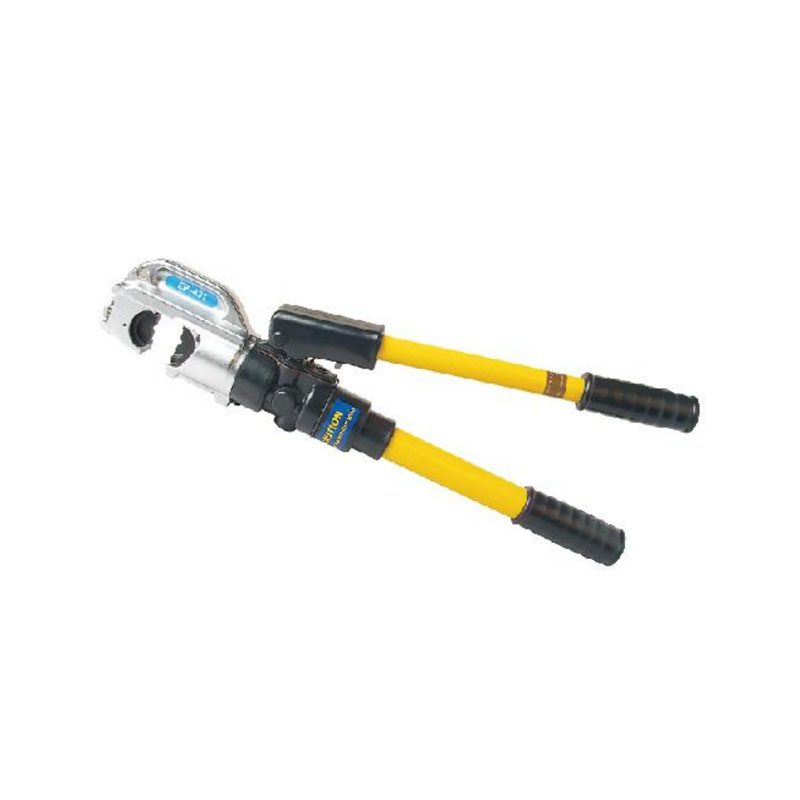
Range of Supported Crimping Die Sizes
Most Hydraulic Crimping Tools are designed to accommodate a range of die sizes to suit different cable diameters and connector types. This adaptability allows the tool to be used for crimping small-gauge wires as well as larger, heavy-duty cables. The dies usually come in standardized sizes, and the tool’s die holder mechanism is engineered to securely fit these dies, ensuring safe and precise crimps. The ability to swap dies quickly enables users to switch between tasks without needing multiple specialized tools.
Interchangeable Dies for Various Applications
Hydraulic Crimping Tools often feature interchangeable dies tailored for specific applications. These can include dies designed for round cables, copper or aluminum connectors, insulated terminals, or even specialized connectors like flag or ferrule terminals. This versatility means a single tool can cover a wide spectrum of crimping needs in electrical installations, automotive wiring, and industrial maintenance. Some tools come with die sets included, while others allow users to purchase additional dies separately to expand functionality.
Ease of Die Installation and Replacement
The user-friendly design of modern Hydraulic Crimping Tools generally facilitates easy installation and replacement of crimping dies. Most tools use simple locking mechanisms or pins that hold the dies firmly in place during operation, but allow for quick removal when changing sizes or types. This reduces downtime and improves workflow efficiency, particularly for professionals who perform frequent die changes. Clear labeling and color coding on dies also help users select the correct size, reducing errors.
Impact on Crimp Quality and Tool Performance
Using the correct die size and type is crucial for achieving strong, reliable crimps. Hydraulic Crimping Tools paired with appropriately matched dies ensure even pressure distribution, reducing the risk of damaged cables or poor electrical connections. The tool’s hydraulic system provides consistent force, but it relies on the dies’ proper fit and design to transmit this force effectively. Therefore, having access to a variety of dies enhances the tool’s overall performance and expands its range of suitable materials and connectors.
Considerations When Selecting Dies
When choosing dies for a Hydraulic Crimping Tool, users should consider the material compatibility, cable size range, and specific crimping standards required by their industry. It’s important to use manufacturer-approved dies to maintain tool warranty and safety standards. Additionally, regular inspection and maintenance of dies are necessary to prevent wear or damage that could compromise crimp quality. Investing in high-quality dies extends tool life and ensures consistent results.
Conclusion: Enhanced Flexibility Through Die Compatibility
In conclusion, the ability of a Hydraulic Crimping Tool to support different specifications of crimping dies greatly enhances its versatility and usefulness. Interchangeable, standardized dies allow the tool to handle a broad variety of cable sizes and connector types efficiently. This feature makes the Hydraulic Crimping Tool an indispensable asset in professional and industrial settings where diverse crimping tasks are common. Proper die selection and maintenance ensure suitable crimping performance and tool longevity.



 Español
Español русский
русский
